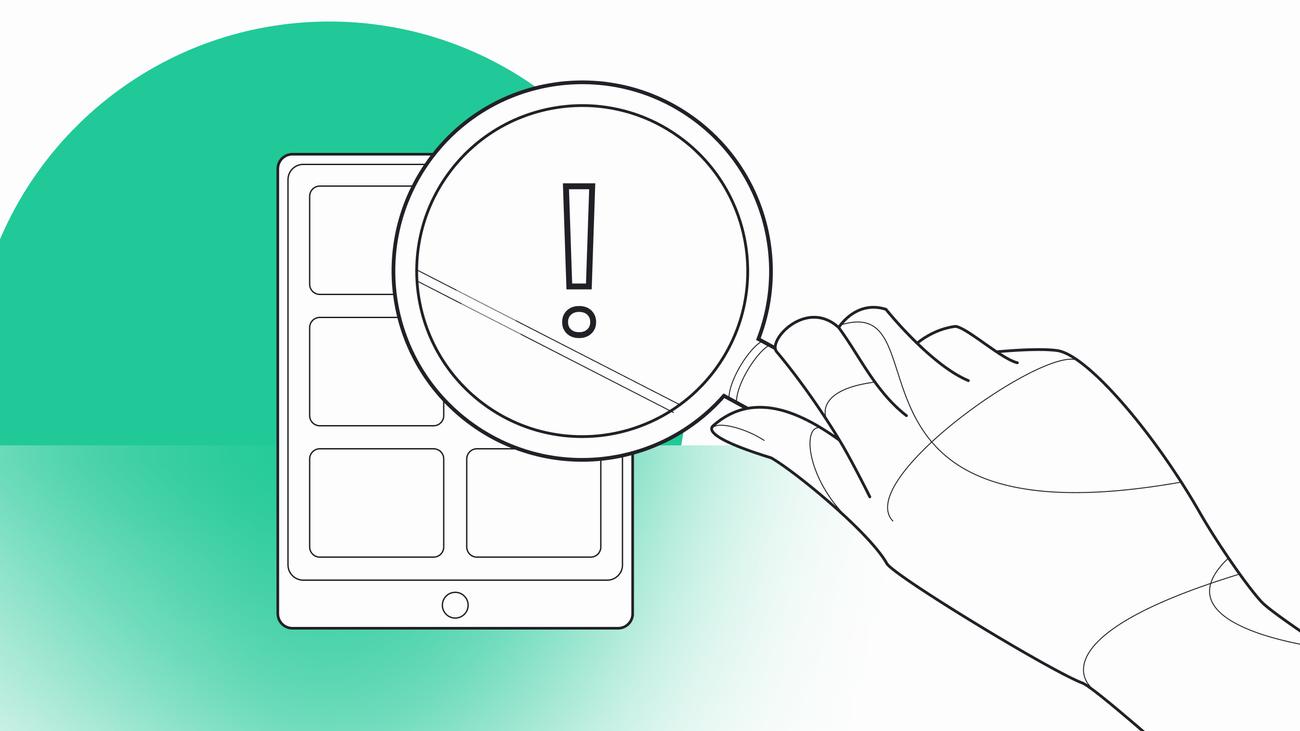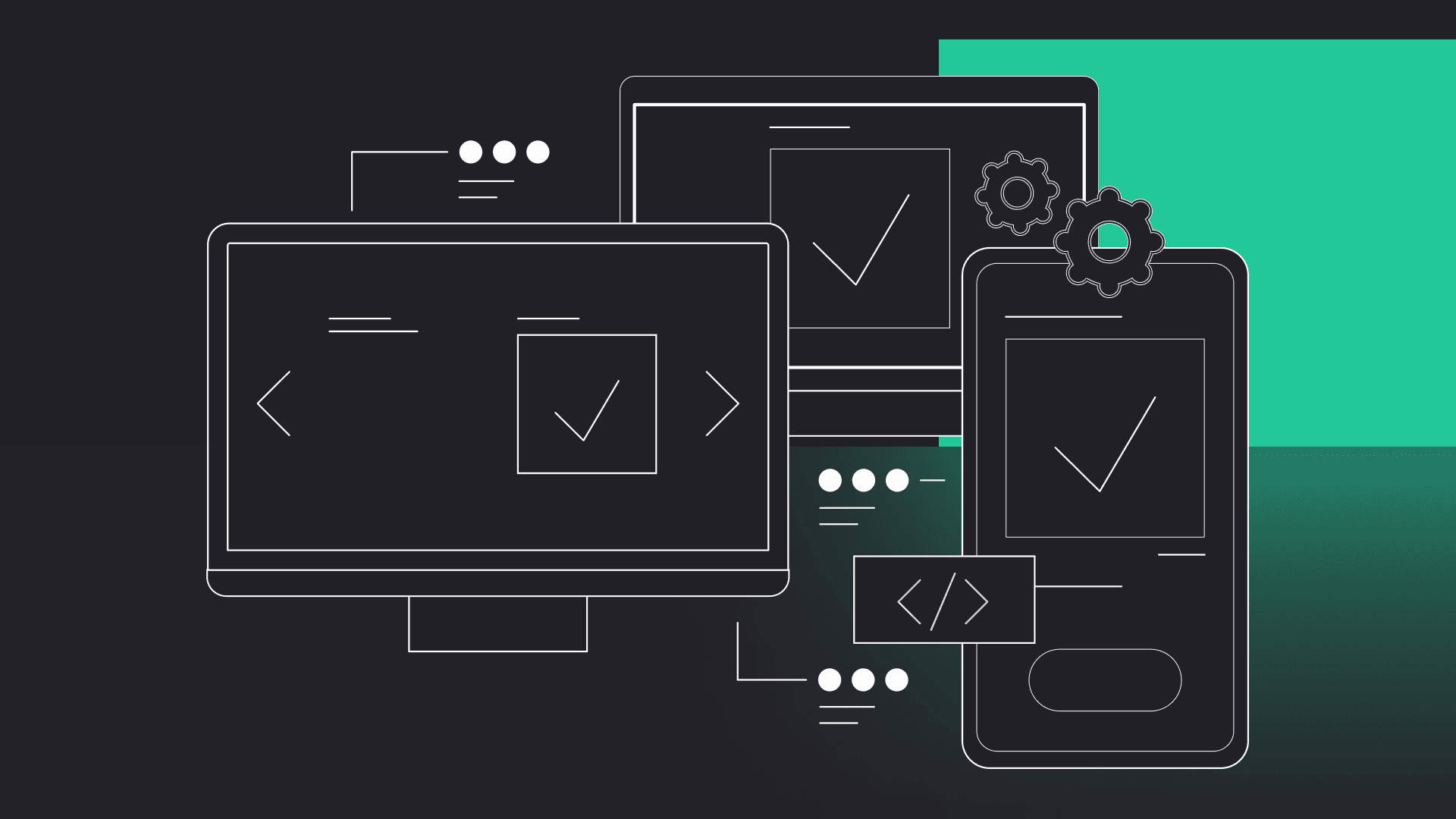


Beta testing – definition, goals, benefits and more
Quality doesn’t come from anything. It’s a result of hard work on a product, the commitment of everyone involved in the project and, of course, lots of tests. Software testing is an essential part of custom software development. It helps the product team discover bugs, fix minor issues, improve the quality of the application, and boost user experience.
Quality doesn’t come from anything. It’s a result of hard work on a product, the commitment of everyone involved in the project and, of course, lots of tests. Software testing is an essential part of custom software development. It helps the product team discover bugs, fix minor issues, improve the quality of the application, and boost user experience.
In the previous articles, we always stressed the importance of tests in the product development cycle. We talked about usability testing on various occasions. We covered how you can improve your digital products with usability tests based on our cooperation with Edu Bears and how internal tests improve the custom solutions. And now, let’s talk about beta tests in more detail.
What’s beta testing? What are its benefits and goals? How the standard procedure of testing looks like, and what’s the difference between alpha testing and beta testing? Let’s find out!
What is beta testing?
Beta testing or end-user testing is when a team gives the end-users for testing an almost finished product. The actual users in their environment perform it – it’s a part of the customer validation process. What do the beta testers pay attention to? During this type of testing, they check the security, robustness and reliability of a product. Here, the testers report UI bugs or when the app repeatedly crashes at the same action point. These tests are crucial since a team that works on a project focuses more on going through a project with so-called “happy paths” and, therefore, don’t find some of the bugs. Beta testing fixes that.
So as I said before, in a short guide for remote beta testing, we don’t focus on testing the real users and their workflow. Instead, we focus on interaction with the product – unnecessary features, bugs, user interface, etc. Hence, the beta testing process can sometimes be considered a part of user acceptance testing. It concentrates not only on quality but also on whether the product is ready for the market.
How we perform a beta test?
There’s no universal way for how this test should look like. It all depends on the test objectives. But, there are some requirements for a product that’s ready for this stage. For example, the product should have all the specific features necessary for the release and shouldn’t have obvious bugs or non-working elements in the core flow. In short, anything that would be a distraction during the tests by end-users.


Have a project in mind?
Let’s meet - book a free consultation and we’ll get back to you within 24 hrs.
Beta testing vs alpha testing
Before talking about the benefits of beta testing and its goals, let’s first cover this distinction. What’s the difference between alpha and beta testing in software development?
Alpha testing
It’s the testing phase before the beta stage. Here, the product is often far from perfection – it may have fewer features than planned, the whole product may be unstable, and many more. Also, alpha testing is usually done by an in-house team (designers, developers), and it can be fully controlled. In other words, we may prepare a list of detailed questions about the user experience with the product and ask the testers. And lastly, black-box and white-box testing are used during alpha testing.
Black-box testing is a method in which the internal structure/design/implementation of the tested product is unknown to the tester. In contrast, in white-box testing, the whole internal structure is known to the tester.
Beta testing
Beta testing is usually only black-box testing (so the participants don’t have access to the source code and don’t know the backend of the app/website). And because it’s happening in the real environment of the end-user, it can’t be controlled.
Goals of beta tests in software development
The reasons for beta testing may vary depending on product and business. Still, some general objectives (and one ultimate goal – to release the best product possible) are worth considering when preparing a beta test. These include:
- Review performance
Because the team tests the product with its target users in their environment, they get a bigger picture of its performance. It’ll show what was done well, what needs to be done and many more.
- Unravel missing opportunities & discover new case scenarios
The real users get to test the product in their environment, on their devices and on various platforms, which helps the product team to test it from all sides effectively. All in all, it ensures the compatibility of the digital product with the customers and their choices.
- Solve problems
Especially the ones that are tied to a specific platform and didn’t come up during internal tests. Thanks to the beta testing, the development team gets user feedback about new-found problems or bugs that they can quickly solve.
- Question the solutions
For example, during beta testing of one of our projects, we ask the end-users, “what status are you expecting after clicking this button?”. Because we were doing it with real users and ad-hoc, we were able to check the best UX solution since this was the one that first came into their minds.
Why is beta testing important
Sometimes beta testing was ignored or short-circuited during the product development cycle. And that’s wrong.
We see the importance of testing in the wild and the future of automation testing in software development in an open-format, customer-facing product testing environment. We look at beta testing to improve user experience and identify hidden usage inhibitors that internal teams forget in software development and the best practices for beta testing automation.
The benefits of beta testing are many – ensure that the product is ready for the upcoming release, validate the beta version by users, overall product improvement. Let’s take a look at 3 most important perks of carrying out beta tests.
Direct feedback from the end-users
During beta tests, the users check not only the user experience but also usability, functionality, security, performance and speed of the product in the real world. Also, because there are no specific scenarios, the user can naturally test the product. This provides thorough feedback about the product’s usability and overall experience, which minimizes the risk of failure (the product is customer-validated).
This is also a chance for us, the product team, to see the users interactions with the product and ask them about them. Plus, during the tests, the target audience often asks valuable questions that help us unravel missing opportunities for a new feature.
Ensured product quality
Beta testing helps the product team to find bugs and fix them in no time. Thanks to this, we can improve software quality and meet the market expectations.
Learn more about the code quality from How to take care of software quality – the process.
Free advertising
Carrying out tests with the early adopters of the product also helps in spreading awareness about the solution. In this way, you can gain new customers from your target audience (because not everyone may want to use your product). But beta tests are a great marketing move!
Is it that necessary?
Yes, in the modern software development process, beta testing is an essential part of product development. No ifs, ands or buts.
In today’s software development, these tests should always be present in the product development cycle. Because, in the end, it’s all about end-users.
Beta testing is a great practice – it’s cost-effective, minimizes the product failure risk and is a great way to gain valuable feedback from the users before the product reaches the market. Because, after all, there’s one superior goal of beta testing – to create products with seamless user experience.


Have a project in mind?
Let’s meet - book a free consultation and we’ll get back to you within 24 hrs.
Michalina is an experienced Product Owner and Product Manager with a passion for technology and an extensive track record in the software industry. She's led both projects and delivery teams in startups and scaleups, where some would say there are many challenges, but she calls them opportunities. Right now, she's revolutionizing biofuel industry with the Bioledger team. It's an inspiring journey towards making our planet a better place and she couldn't be more excited to be a part of it. As a PO/PM Team Lead at Gorrion, she has two major goals. One is to make the company better by improving its project management standards. The other is to remove obstacles that face her team, so that her fellow PO/PM team members can thrive in their professional growth. She's headstrong on breaking down barriers and fixing things, so that her team can focus on what they do best: delivering exceptional projects and exceeding all expectations. Personally, Michalina loves specialty coffees, her dog Milka, and tennis.


